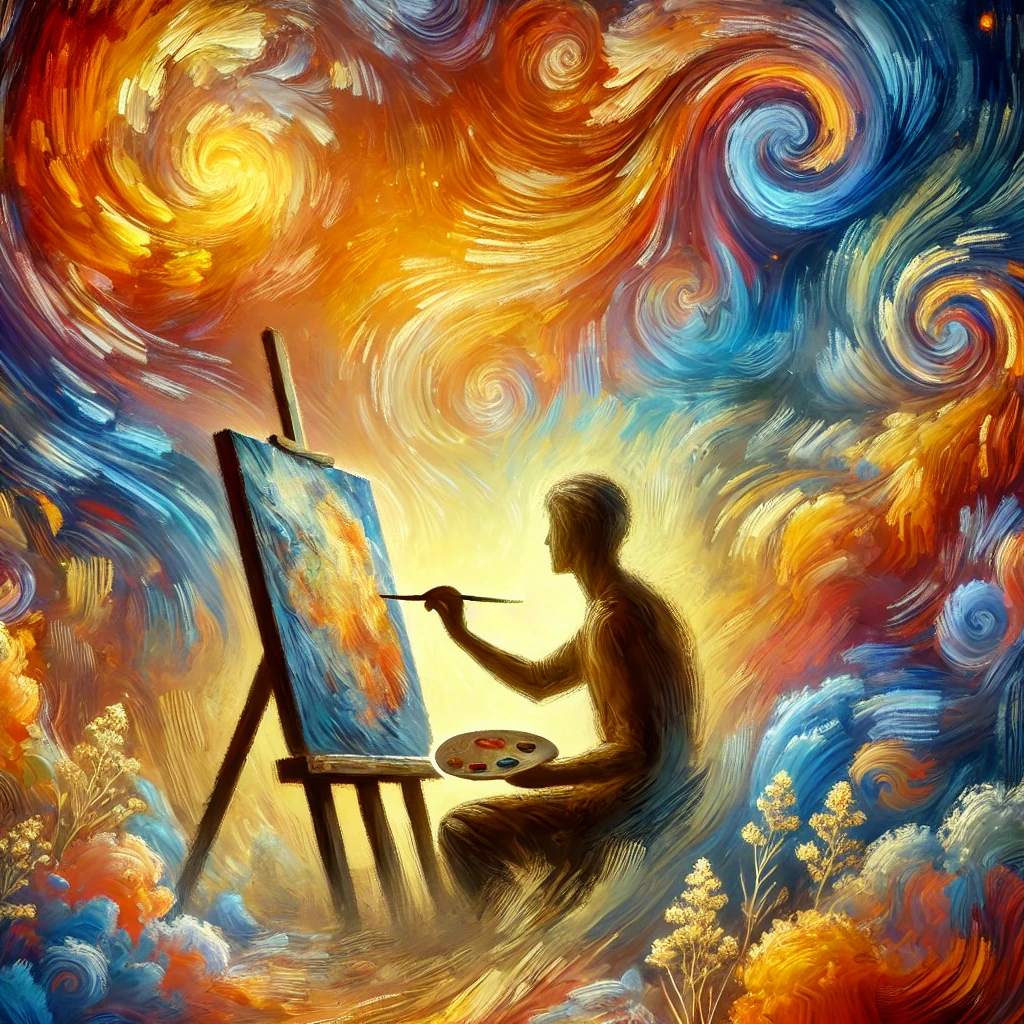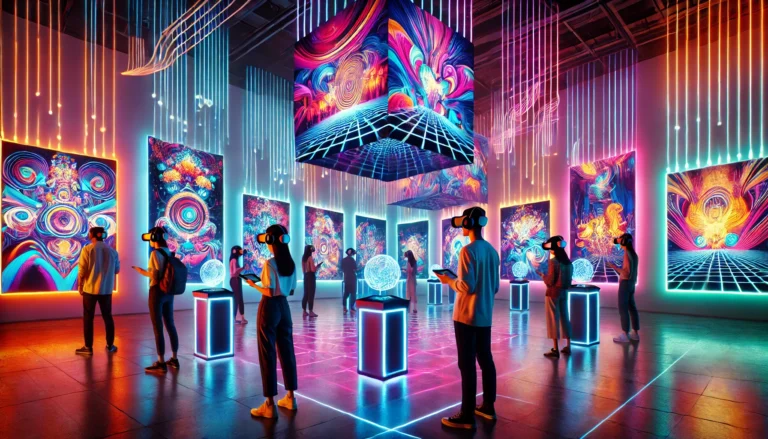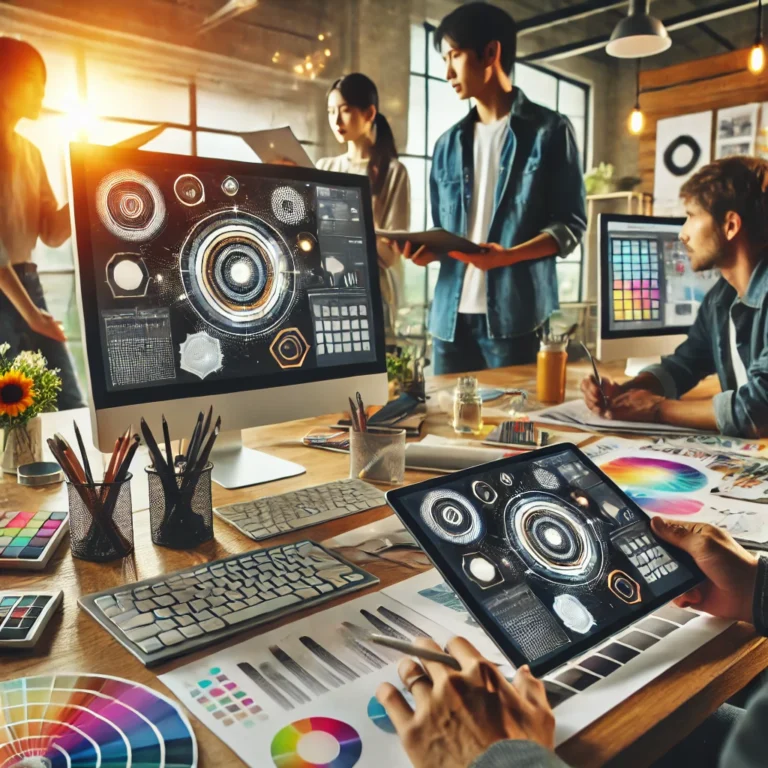Art has a unique way of speaking to our inner selves—a language that transcends words and taps directly into our emotions. In today’s fast-paced professional world, where stress and constant digital distractions are the norm, finding a creative outlet isn’t just an indulgence; it’s a powerful tool for healing. Whether you’re a young professional, a student, or someone simply curious about exploring your creative side, art therapy offers an accessible and transformative path to emotional well-being.
Introduction
I still remember the day I discovered that a simple splash of color could speak louder than words. It was an overcast afternoon filled with back-to-back meetings and endless emails—a day when the pressures of professional life seemed overwhelming. In a rare quiet moment, I found myself doodling on a notepad. What began as a fleeting distraction soon evolved into a soulful escape, a subtle yet powerful rebellion against the chaos of everyday life. If you’re curious to learn more about the origins and principles of art therapy, the American Art Therapy Association offers a wealth of information. That experience taught me that art isn’t reserved for galleries or experts; it’s a universal language, available to everyone as a tool for self-healing.
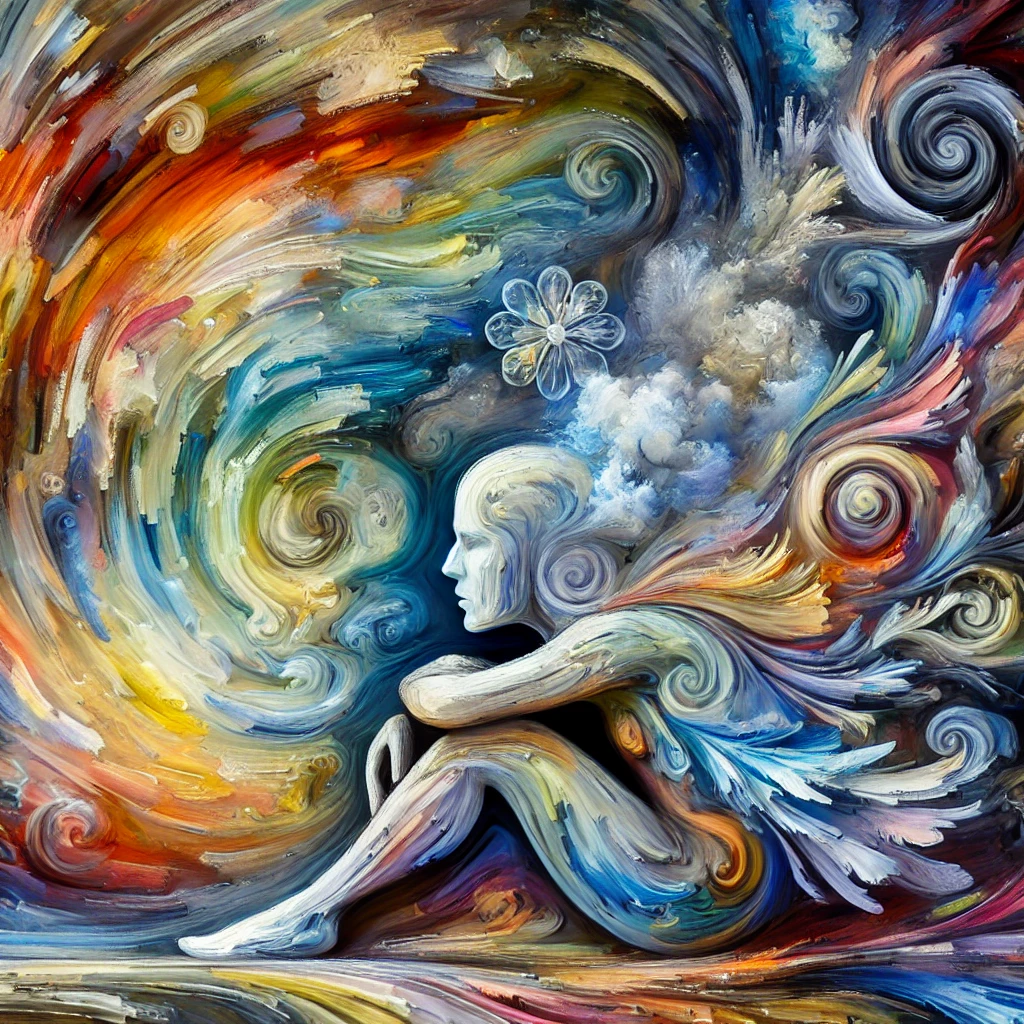
Imagine your life as a busy canvas, painted with both vibrant hues and darker shades. Art therapy invites you to pick up the brush and reclaim control over that canvas, using creative expression as a form of healing. Have you ever felt that creative expression could ease your worries, even if you never considered yourself an “artist”? For professionals juggling countless responsibilities, art therapy offers a quiet, effective way to find balance amidst the rush.
Key Point 1: What is Art Therapy?
Art therapy is much more than creating a visually appealing piece of work—it’s a process of exploring and expressing our innermost emotions through creative endeavors.
Drawing from my own experience as a creative strategist, I remember times when sketching or painting served as an outlet for emotions that were too complex for words. Just like journaling, art becomes a personal narrative; every stroke and color choice reflects a part of your story. To dive deeper into the history and impact of art therapy, you can learn more here.
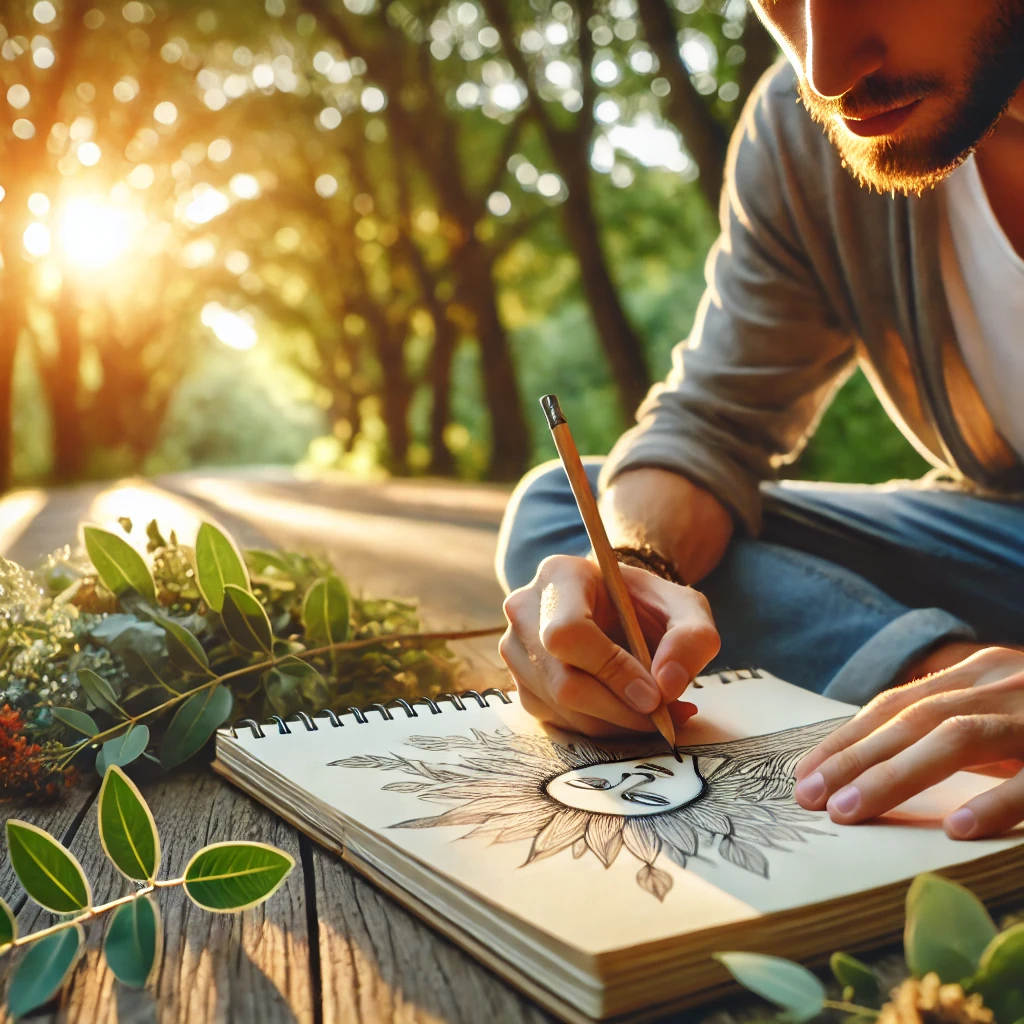
A Brief Journey Through Its History:
Art therapy emerged in the mid-20th century as practitioners began to realize that creativity could serve as a powerful tool for emotional healing. Early pioneers discovered that engaging with art in a therapeutic setting bridged the gap between the conscious and subconscious, allowing individuals to gain insight into personal challenges and triumphs.
Core Techniques in Art Therapy:
- Drawing and Painting: Fundamental methods where the fluidity of paint or the precision of a pencil stroke mirrors our inner state—ranging from chaotic to calm.
- Collage and Mixed Media: Combining various materials enables you to externalize your emotions, blending textures and colors to mirror complex feelings.
- Sculpture and 3D Art: Working with physical materials, such as clay, symbolizes molding and reshaping one’s inner narrative.
Reflective Questions:
- What does creativity mean to you, beyond just art or design?
- Can you recall a moment when even a simple doodle or digital sketch helped you process your day’s challenges?
Art therapy is accessible and inviting; it doesn’t require technical mastery, only the willingness to explore and express. It’s about embracing your creative process as a journey of self-discovery—a pause from the relentless pace of professional life.
Key Point 2: Benefits of Art Therapy for Mental Health
Stepping beyond the definition of art therapy, it’s important to explore the real benefits it brings to mental well-being—benefits that resonate deeply with the challenges of modern professional life. For additional research and case studies on how art therapy contributes to mental health, check out the resources provided by the American Art Therapy Association.
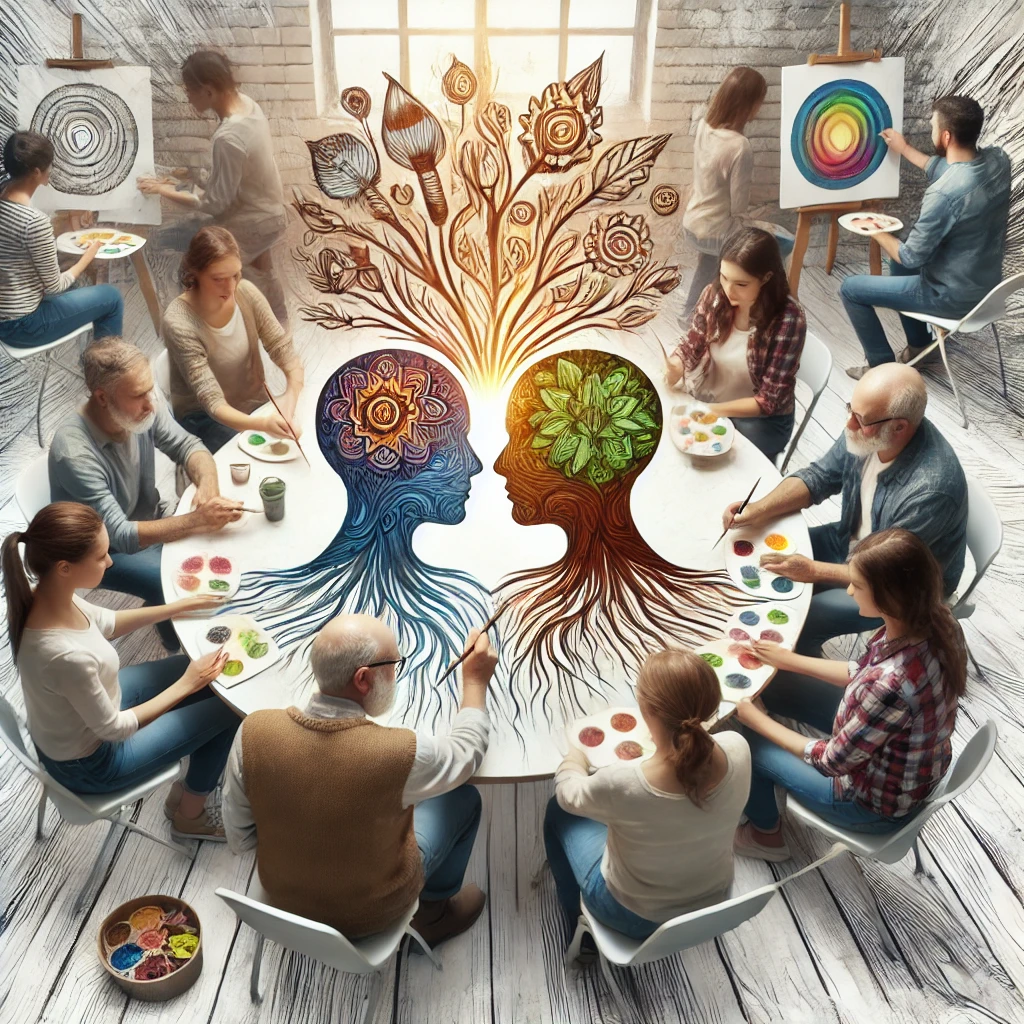
Stress Relief and Emotional Release
Imagine a pressure cooker steadily releasing steam—each exhalation a sign of built-up tension dissipating. That’s the essence of art therapy. Engaging in creative activities like sketching, painting, or assembling a digital collage creates a safe space for stress to be expressed and released.
- Story in Action: I remember a particularly hectic week when, amid a barrage of deadlines, I turned to watercolors. With each brushstroke, the chaos of my day transformed into a spectrum of soothing hues, offering a sense of calm I hadn’t expected.
- Reflective Questions:
- How often do you feel overwhelmed by the demands of your daily routine?
- Which creative activity might serve as your personal escape?
Enhanced Self-Awareness and Confidence
Art is like a mirror reflecting our inner selves. By putting emotions into visual form, you can gain clarity about your feelings and thought patterns.
- Personal Insight: In one of my early forays into art therapy, I created a series of abstract images representing different phases of my life. Observing these pieces, I began to see recurring themes in my behavior, which boosted my confidence and helped me make more mindful decisions.
- Points to Consider:
- How can creative self-expression reveal strengths you didn’t know you had?
- Might regular artistic practice lead to a deeper understanding of your own emotions?
Aiding Trauma Recovery and Building Resilience
Art therapy has long been embraced as a means to heal deep emotional wounds. For those who have faced trauma or significant setbacks, creating art can serve as a tangible way to rebuild and redefine oneself.
- Community Impact: Consider a community art workshop where individuals contribute to a collective mural. This shared process not only allows for individual expression but also fosters a sense of community, demonstrating that recovery is often a journey best taken together.
- Engagement Prompts:
- How might transforming personal pain into art pave the way for healing?
- What local initiatives or online platforms have empowered you or others through creative expression?
Key Point 3: Techniques and Methods in Art Therapy
Art therapy is as diverse as the people who practice it. It’s not about creating a perfect piece of art but rather about finding the methods that resonate with you and help channel your emotions constructively.
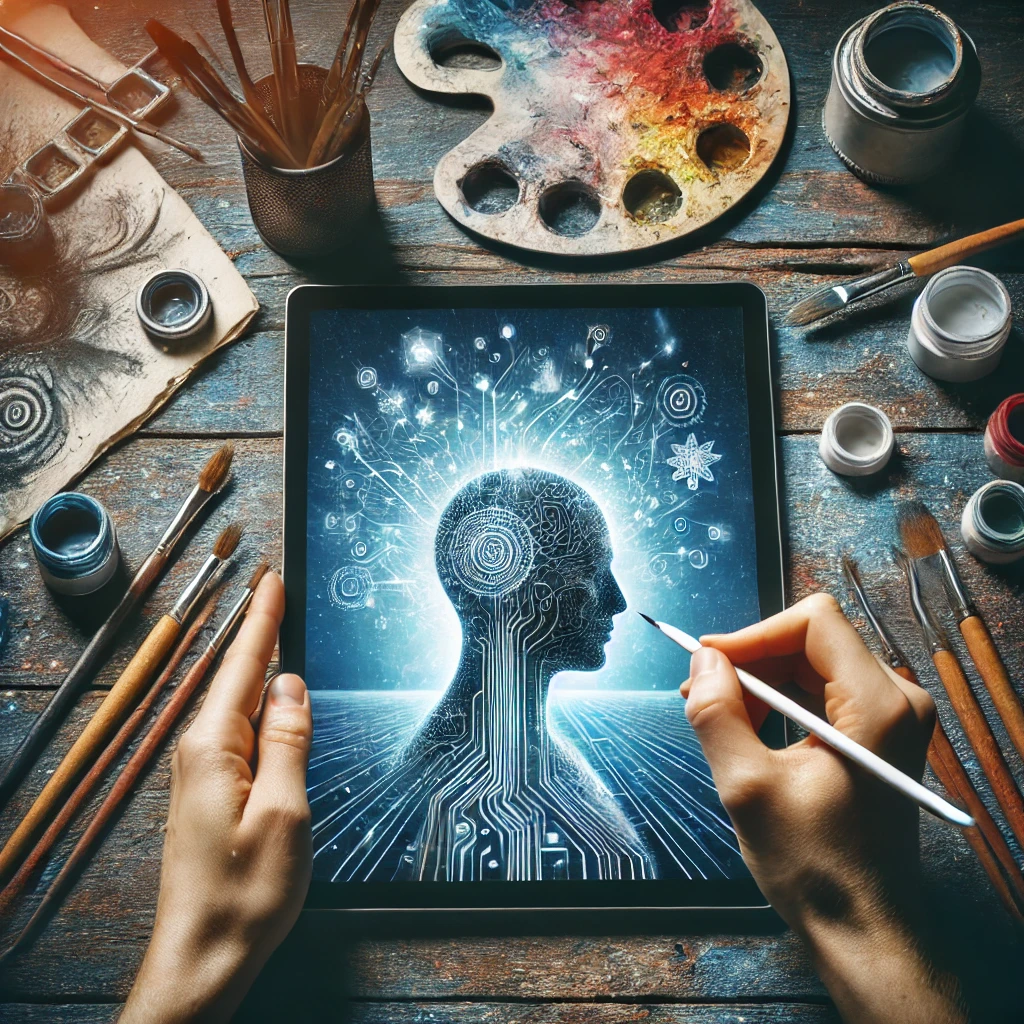
Traditional Methods: The Foundations of Expression
Before the digital age, people turned to physical materials as their primary medium of expression. These time-tested techniques continue to be the backbone of art therapy today.
- Drawing and Painting:
- These methods allow you to translate emotions directly onto paper or canvas.
- Example: A person grappling with anxiety might start with bold, frantic strokes and gradually shift to softer, more deliberate marks as calm takes over.
- Collage and Mixed Media:
- By layering images, textures, and colors, you can create a visual tapestry that externalizes your inner experiences.
- Prompt: Imagine crafting a collage of your ideal future—what images and colors would represent your dreams?
- Sculpture and Clay Modeling:
- The tactile process of molding materials like clay can symbolize the act of reshaping one’s inner narrative.
- Metaphor: Think of clay as a symbol of resilience—soft and malleable when worked, yet strong and enduring once set.
Modern and Digital Methods: Creativity Without Limits
Digital art therapy is reshaping the landscape of creative expression, making it more accessible and versatile.
- Digital Drawing and Painting:
- Using apps like Procreate or Adobe Fresco, you can experiment with limitless colors and textures.
- Example: Many young professionals find that digital art, with its undo and redo features, provides a judgment-free space to explore their creativity.
- Photography and Visual Storytelling:
- Capturing images that reflect your current emotional state can be a powerful form of mindfulness.
- Engagement Idea: Try taking a series of photos that encapsulate your mood today—what do they reveal about your inner landscape?
- Journaling with Visuals:
- Combine text with images in a digital or physical journal to create layered narratives of your emotional journey.
- This method bridges the gap between verbal and visual expression, offering deeper insights into your feelings.
Group vs. Individual Art Therapy
- Individual Art Therapy:
- Provides a private space to explore emotions without external influence, perfect for personal growth and reflection.
- Group Art Therapy:
- Encourages community bonding and shared healing experiences, often seen in workshops or support groups.
Key Point 4: Integrating Art Therapy into Daily Life and Design
Imagine transforming your home or workspace into a living canvas where every element nurtures creativity and calm. Integrating art therapy into your everyday environment can have a profound impact on your emotional well-being.
A Personal Transformation:
I once redesigned my workspace by incorporating art pieces that resonated with my emotions. Soft lighting, bold splashes of color, and inspirational imagery transformed my surroundings into a sanctuary that not only reduced stress but also sparked creativity during long workdays.
Practical Ways to Integrate Art Therapy:
- Curate Your Environment:
- Choose colors and textures that evoke positive emotions. Warm hues for comfort and cool shades for calm can subtly influence your mood.
- Display artwork or personal creations where you can see them daily, serving as constant reminders of your creative journey.
- Design with Intention:
- Create a dedicated corner for your creative practice, whether it’s sketching, journaling, or digital art.
- Use design elements to create spaces that promote both movement and reflection, turning your surroundings into a catalyst for mindfulness.
Reflective Questions:
- How does your current environment influence your mood and productivity?
- What small changes could you make to transform your space into a more inspiring and healing environment?
Key Point 5: Digital Art Therapy: The Future of Creative Healing
In our increasingly digital world, creative expression has found a new home online. Digital art therapy is emerging as an accessible and versatile way to harness the healing power of art, merging technology with traditional creative practices.
A New Creative Frontier:
Digital tools break down barriers, offering a judgment-free space to experiment and create. With apps that allow endless undoing and refining, digital art therapy encourages exploration without the fear of mistakes—a refreshing approach for those who may feel intimidated by traditional media.
Innovative Methods and Techniques:
- Digital Drawing and Painting:
- Experiment with intuitive platforms that allow you to capture your emotions through a rich palette of colors and textures.
- Photography and Visual Storytelling:
- Use your smartphone or digital camera to document moments that reflect your inner state, then enhance these images to tell your story.
- Online Creative Journals:
- Combine sketches, photos, and words into a digital diary that chronicles your emotional journey. Sharing these creations in supportive online communities can provide additional insights and encouragement.
Reflective Prompts:
- How does the freedom of digital tools open up new avenues for your creativity?
- Can the accessibility of digital art help you express emotions that might be difficult to capture in traditional forms?
Key Point 6: Overcoming Challenges and Getting Started
Embarking on an art therapy journey might feel daunting, especially if you’ve never considered yourself artistic. The beauty of art therapy lies in its inclusivity—it’s about progress, not perfection.
Addressing Common Concerns:
- Fear of Inadequacy:
- Remember, the goal isn’t to create a masterpiece but to express yourself authentically. Every doodle or rough sketch is a step toward understanding your emotions better.
- Creative Blocks:
- Sometimes, the challenge lies simply in starting. Begin with a small project—a single drawing, a collage, or a digital sketch—and allow yourself the freedom to explore without judgment.
Steps to Get Started:
- Set Aside Time:
- Dedicate a few minutes each day or week to your creative practice. Even a short session can provide clarity and calm.
- Gather Basic Tools:
- You don’t need expensive materials; a pencil and paper or a basic drawing app can be all you need to start.
- Join a Community:
- Engage with local workshops or online groups. Sharing your journey with others can make the process less intimidating and more rewarding.
Reflective Questions:
- What creative activity have you always wanted to try but hesitated to start?
- How might overcoming the fear of “not being good enough” unlock a new dimension of self-expression in your life?
Conclusion
Art therapy is more than just an artistic pursuit—it’s a transformative journey that weaves creativity into the fabric of everyday life. From exploring traditional techniques to embracing digital innovation, every stroke and every pixel becomes a step toward reducing stress, enhancing self-awareness, and fostering personal growth. By integrating art into your daily routine and environment, you empower yourself to navigate the complexities of modern life with resilience and grace.
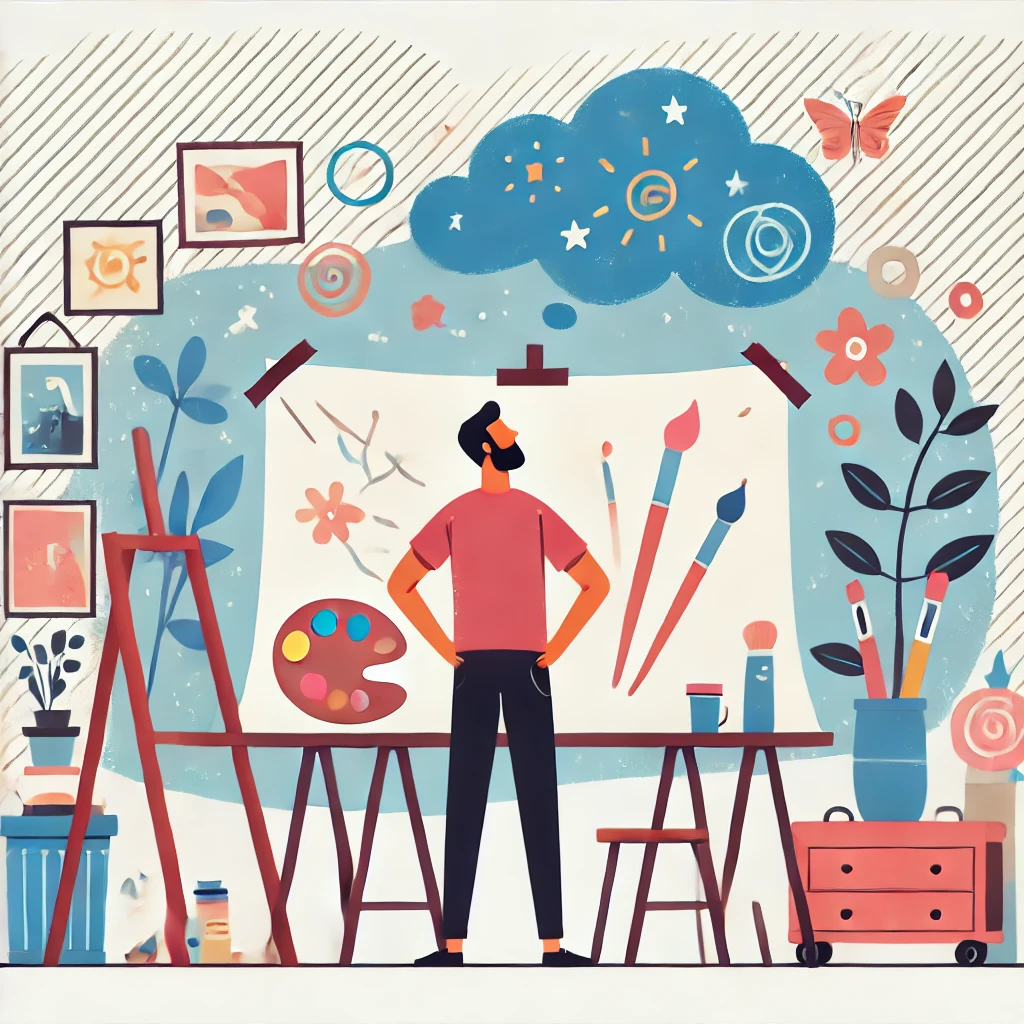
Take a moment to reflect: How might incorporating art into your daily life reshape your personal and professional world? Embrace your creative journey and allow it to guide you toward healing and inspiration.
Audience Engagement
To enrich this experience and make it more interactive:
- Polls and Surveys:
- Let us know which art therapy technique resonates with you the most.
- Comments and Story Sharing:
- Share your creative experiences or questions. Your journey might inspire someone else.
- Live Sessions:
- Look out for our upcoming Q&A sessions with art therapists, where you can ask questions and learn more about integrating art into your daily life.
Your creative journey is unique, and every expression is a testament to your resilience and inner strength. Whether you’re picking up a brush for the first time or rediscovering your artistic side, art therapy invites you to explore, express, and heal.
Embrace the creative process, and let your art be the bridge between your inner world and the vibrant tapestry of life.

